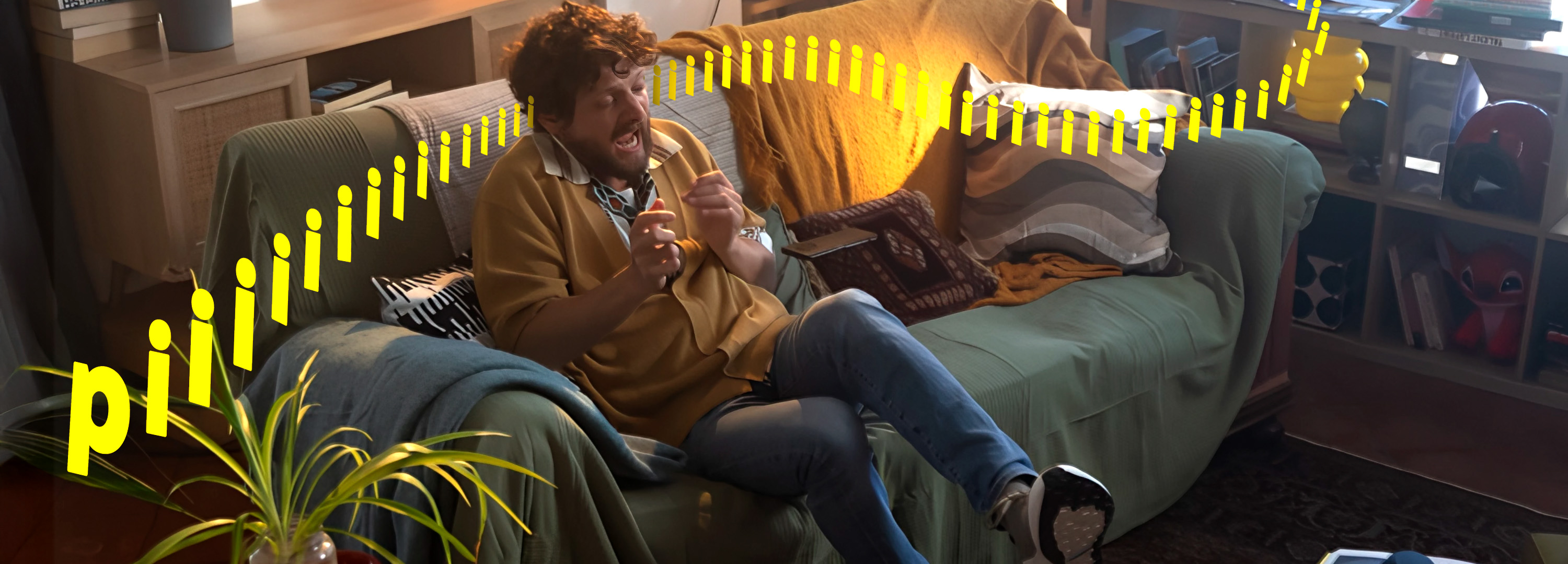Unstoppable speed
- Date
- Written by Miguel Pereira
A milestone in artificial intelligence and sport was reached in 1997. That was the year an IBM computer, Deep Blue, beat then-world champion Garry Kasparov at chess in an epic, highly publicised duel. The IBM development team was advised by chess grandmasters (including Spanish GM Miguel Illescas) on concepts such as strategic piece positioning, which resulted, in the decisive game of the duel, in a “surprisingly human” move by Deep Blue, which threw Kasparov off the scent and led to his defeat. Disgruntled, Kasparov accused IBM of cheating because it had been advised in the game by human experts. He couldn’t believe that a machine could have made a move that was so, well… human.
Today any chess app is capable of defeating a grandmaster, and today humans are the ones who cannot be advised by machines during a game (in international championships mobile phones are banned, and participants are scanned before entering the room and even watched when they go to the toilet).
In 2016, Alpha Go, a programme created by Google, beat all its opponents in chess and Go, a Chinese strategy game even more strategically complex than chess. But the feat is even more impressive because unlike the previous programmes, which were trained by feeding them millions of real games, Alpha Go learned to play by practising… against itself. It was only introduced to the rules of the game, and then learned by itself within a few weeks.
In 1965, Intel founder Gordon E. Moore stated what came to be known as Moore’s Law: “the number of transistors in an integrated circuit doubles about every two years.” This law has played out for decades, until very recently. To understand the scale of this trend, in 2004 the semiconductor industry produced more transistors than the world’s production of rice grains.
Today, it is estimated that computational power in the cloud doubles every six months. Not to mention quantum computing.
And in the midst of the artificial intelligence boom, where does this lead us?
A graph from Visual Capitalist explaining the growth of AI capabilities compared to humans in different disciplines may start to give us some answers. As you can see, in 2023, AI has already surpassed humans in skills such as image and speech recognition, reading comprehension, language understanding, and even handwriting recognition. They will soon surpass us in other skills, including code generation. Machines will be able to program themselves; now that’s scary (full article).artículo completo)
This affects everything around us. And I mean everything. Still don’t believe that the world is changing at breakneck speed?



